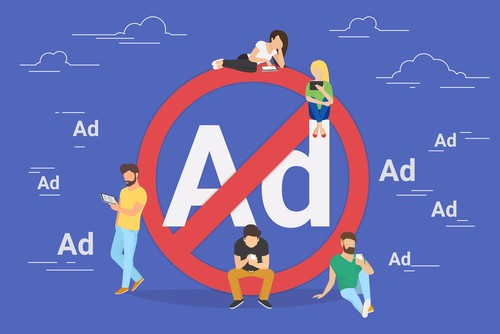A look behind the scenes of marketing can explain where you are going wrong, writes Javier Sanchez Lamelas
There is a shelf in every bookstore dedicated to ‘how marketing works’. But all they are selling is lies. I want to talk about how marketing doesn’t work, and the three most common strategies that are failing to bring in customers.
1. Marketing doesn’t work by repetition
In today’s world, with people choosing what, when, where and how they want their media, marketing by repetition is useless. And, in its worst form, it’s annoying. Repetition is the quickest way to create brand detachment.
2. Marketing doesn’t work by imitation
A surprisingly common way of marketing – but incorrect, all the same. In it’s most basic form, imitation marketing occurs when marketing directors with a poor/lazy understanding of how marketing works feature good looking well-paid actors using their products, in the naïve hope that people on the other side of the screen will want to imitate their “heroes”.
The rationale goes along the following lines: “If consumers see people using my product, they will feel an urge to buy the product”… which says very little about the intellectual capacity of those who believe in this strategy.
I wish it was that easy.
3. Marketing doesn’t work by comparison
Comparing two products may be informative, but it isn’t marketing. Marketing is about persuasion; not just telling an audience something works. And, marketing is about elevating products to brands…not just talking about the product.
In most cases this kind of strategy falls into the trap of either stating the obvious (e.g. mine is bigger than my competitor) or advertising irrelevant features (e.g. it washes avocado stains better than the leading brand).
The simplest reason these three common strategies don’t work is because marketers don’t understand the consumer’s motivation to buy the product: their emotions.
Scientists have shown us that the most important decisions in life – whom we marry, why we buy a house, a car, a pair of trousers or even a watch – are made by our emotions.
Here’s how it works: If you want to buy a reliable device that indicates exactly the time in which you live and can last for several years, you pay around $20. However, if you want something that talks about you, your success in life, your sophistication and good taste, you pay over $2,000. This is no small difference – it costs 100 times more than a purely rational decision!
Manufacturers of expensive watches do not talk about their product being more accurate, or better built. They talk about characteristics and narratives that have nothing to do with watches: human quests, achievements or even legacies.
Consumers are not bullied and nudged into buying a luxury watch, they rarely want to spend money for the sole purpose of copying an Oscar winner or reality star in an advert, and they don’t care if the watch has a sapphire crystal face or a mineral glass case. The majority of consumers buy the watch because they want to feel something from their purchase. The product and its shiny price tag inspire them to feel something.
And that is how marketing works.
– Javier Sanchez Lamelas is an author, marketing philosopher and founder and CEO of Top Line Marketing



